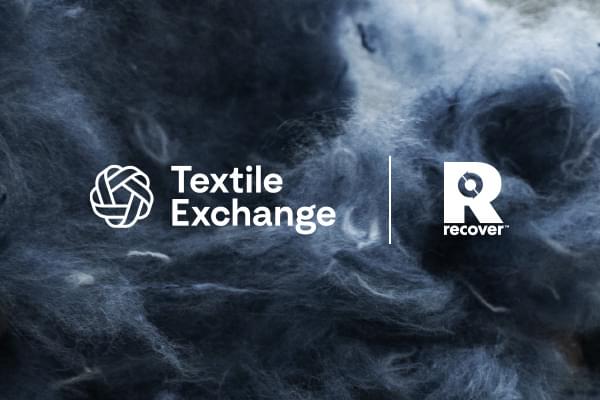Recover™ and Rieter partner to reshape sustainable textiles
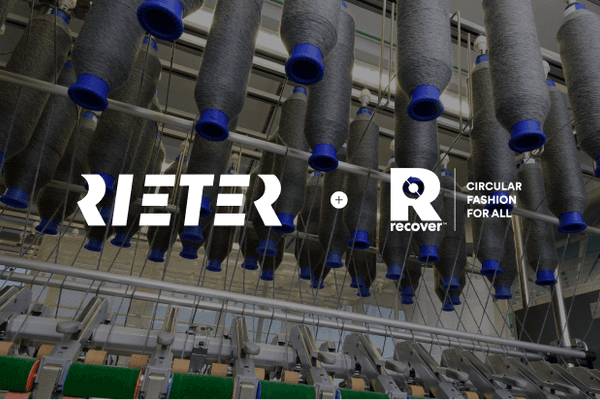
Site map
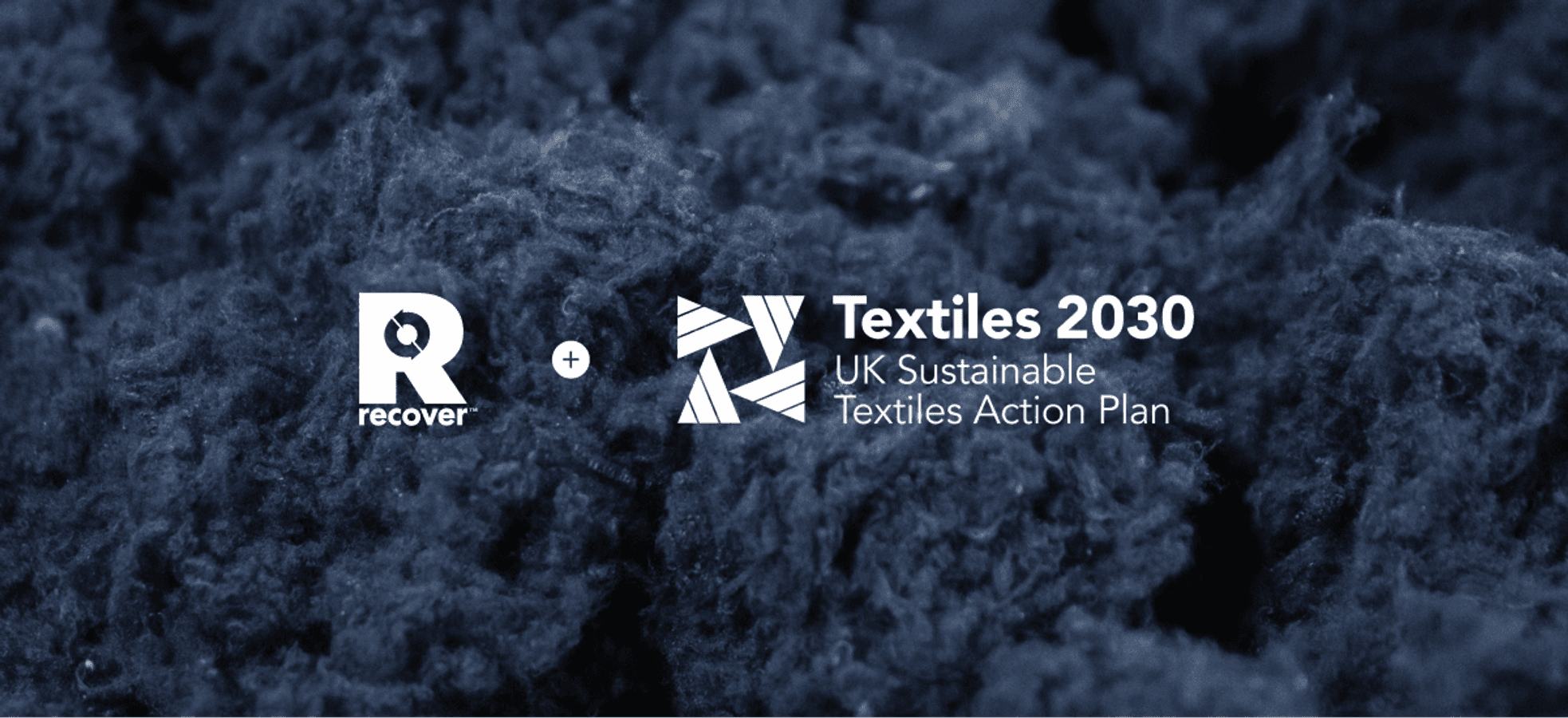
Textiles 2030 is WRAP’s award-winning UK-based initiative working to move the UK fashion and textile industries towards circularity by forming agreements with sustainably-minded brands and businesses. Initiative signatories, like Recover™, commit to shared sustainability goals to be met by 2030 – and beyond.
In fact, Recover™ is an active member of three of the initiative’s Working Groups: Design for Circularity, Closing the Loop, and Policy. Working alongside other businesses and industry leaders, we hope to effect real positive climate change.
As a proud signatory of this ground-breaking initiative, we are committed to:
While these targets are specific to products placed on the market in the UK by signatories, we’re committed to these goals across the board.
Apart from the goals outlined above, the Textiles 2030 will update their goals in 2025 to include a reduction in the amount of virgin textile materials used. While details have yet to be confirmed, many brands, like our partner Primark, have already signed the initiative and are opting for alternatives to virgin fibers.
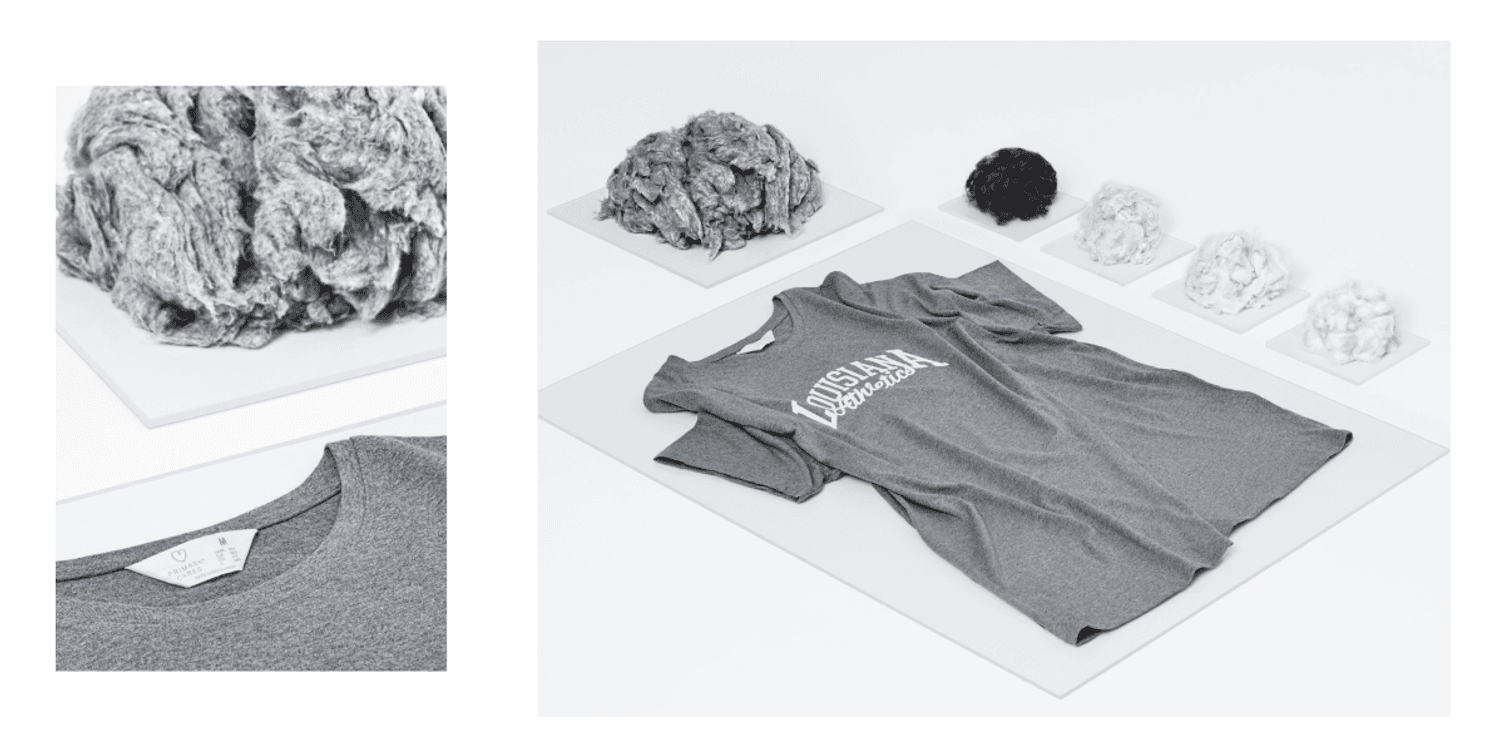
Aligned with our values as a sustainable supply chain partner, we proudly stand behind Textiles 2030’s ‘Target-Measure-Act' plan.
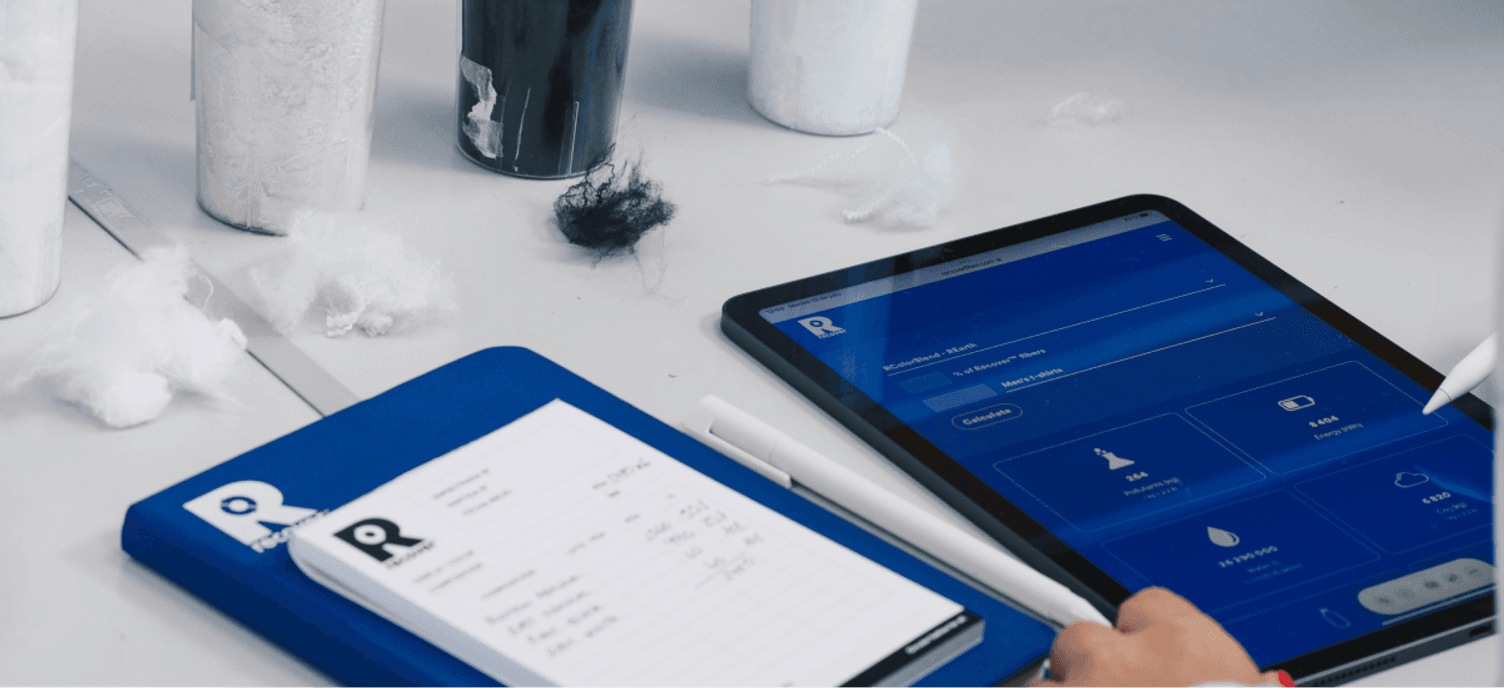
With regular measurements, tracking, and reporting, we can make sure we’re on track.
We at Recover™ ensure that we regularly measure and share our progress. For our most up-to-date data, we publish our annual Sustainability Report as well as revise our sustainability claims. For more information about Textile 2030’s progress, check out their Textiles 2030 Roadmap.

